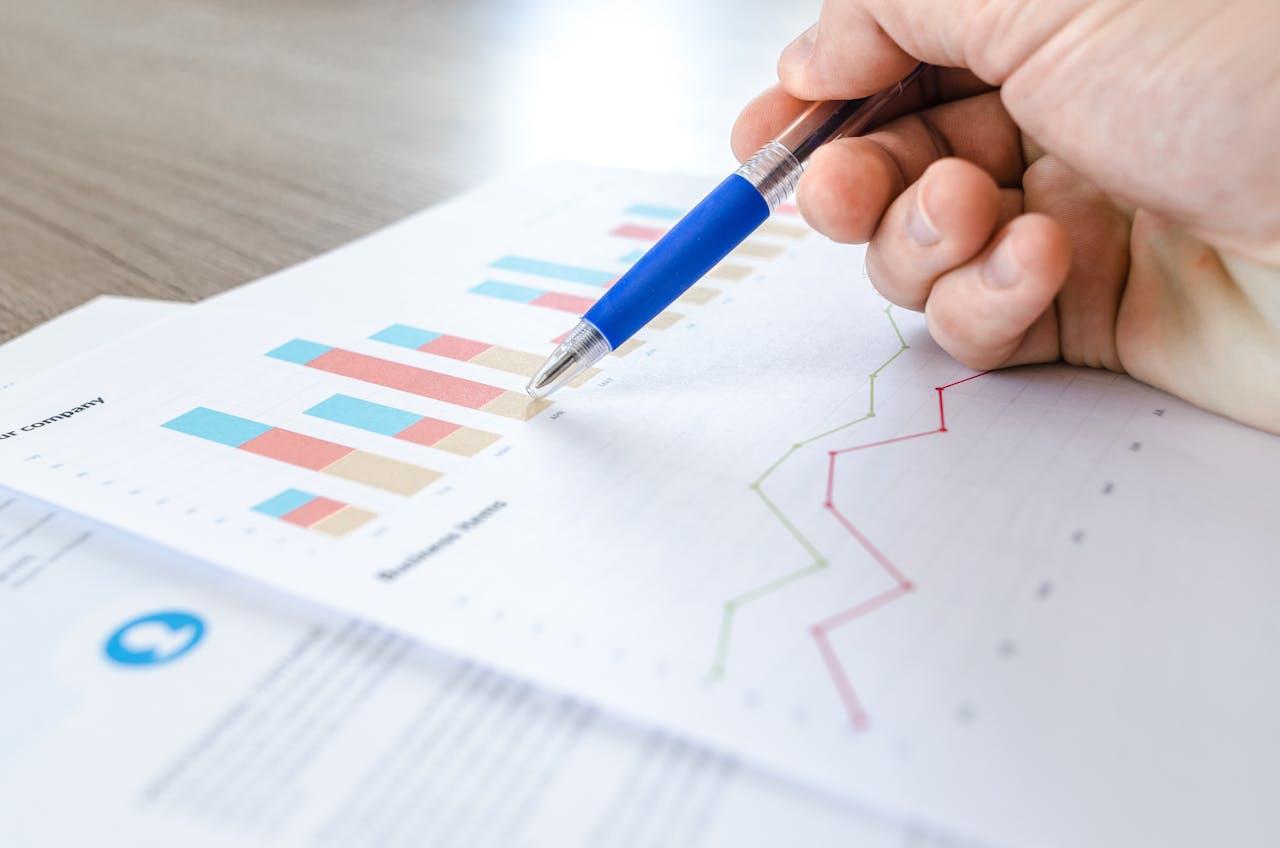Statistics can be an incredibly detailed and complex field, but you may also benefit from learning some basics of statistics. Even a little bit of knowledge may improve things like critical thinking and your understanding of certain areas. Statistics can even improve job performance for some people.
In this guide, we’re looking at some of the concepts and their importance in statistics and how they can help to get insights into many aspects of life, from sports to healthcare through to politics, and much more.

Understand the Fundamentals of Statistics
Statistics is the science of collecting, organizing, analyzing, interpreting, and presenting data. It involves a few fundamental statistics concepts that are essential for anyone who wants to study this field or understand it at all.
Concepts to get your head around include understanding types of data, measures of central tendency, measures of variability, probability, and the distinction between descriptive and inferential statistics.

Types of Data
In statistics, data can be broadly categorized into qualitative (categorical) and quantitative (numerical) data.
Qualitative data refers to non-numerical information such as names, labels, and categories (e.g., colors, types of movies).
Quantitative data, on the other hand, involves numerical values that can be counted or measured (e.g., height, weight, test scores). Quantitative data can further be divided into discrete data, which are countable values (like the number of students in a class), and continuous data, which can take any value within a range (like temperature).
Quantitative data always refers to numerical values such as weights or test scores, whereas qualitative can use non-numerical data. Genres of movies people enjoy would be qualitative data on a questionnaire, but if peoples' height is measured, the data is quantitative.
Mean, Mode and Median
A lot of statistical basics revolve around these concepts. They are referred to as measures of central tendency and they are different ways to interpret data. These are also the same ways that you work out averages, so a knowledge of basic math will help with these basic statistical concepts.
- Mean: The arithmetic average of a set of numbers, calculated by summing all the values and dividing by the count of values.
- Median: The middle value in a data set when the values are arranged in ascending or descending order. If there's an even number of observations, the median is the average of the two middle numbers.
- Mode: The value that appears most frequently in a data set. A data set may have no mode, one mode, or multiple modes.


Measures of Variability
Another key statistical basis relates to the variability of data is the measure of variability.
- Range: The difference between the highest and lowest values in a data set.
- Variance: A measure of how much values in a data set differ from the mean of the data set. It is the average of the squared differences from the mean.
- Standard Deviation: The square root of the variance, providing a measure of spread that is in the same units as the data. A smaller standard deviation indicates that the data points tend to be close to the mean, while a larger standard deviation indicates more spread out data.
For instance, if you are looking at the average age when people start to learn to drive. Questionnaire answers or statistics could show that there is a range of 17 from 50. The range is 33 years.
If the average age was 21, the person who started at 50 would have a high variance from the data set.
In need of statistics tutoring? Find the perfect tutor on Superprof.
Basic Principles of Statistics
The principles and basic concepts in statistics are not always easy to understand. There are a lot of different factors that go into the world of statistics. Of course, how deep you go depends on how much you wish to know about stats, and whether you want to be a statistician for a career.
Randomness and Random Sampling
The principle of randomness is central to statistical analysis. For example, random sampling ensures that every member of a population has an equal chance of being selected, which helps in making unbiased inferences about the population. If you were going to survey the population of a town, a random way to find a cross-section would be crucial to getting representative results.
Central Limit Theorem
One of the most important concepts in statistics and probability, the Central Limit Theorem states that the distribution of the sample mean will approach a normal distribution as the sample size grows, regardless of the population's distribution. This theorem justifies the use of normal probability models in many inferential statistics techniques.
It can be hard to understand, but this visualization should help:
Law of Large Numbers
This principle states that as the size of a sample increases, the sample mean will get closer to the population mean. It underscores the importance of large sample sizes for reliable statistical inference. It stands to reason that larger numbers would give a more accurate representation
Confidence Intervals
Confidence intervals provide a range of values within which we can be reasonably certain the true population parameter lies. For example, a 95% confidence interval means that if we were to take 100 different samples and compute a confidence interval for each, we would expect 95 of them to contain the population parameter. Investopedia describes this as “referring to the probability that a population parameter will fall between two set values”.
Bias and Variability
Bias refers to systematic errors that can skew results, while variability refers to the spread of data points. Reducing bias and controlling variability are critical for obtaining accurate and reliable results in statistical analysis.
Outliers and Anomalies
Outliers are data points that differ significantly from other observations. Identifying and understanding outliers is crucial because they can affect the results of your analysis. Outliers may indicate variability in measurement, experimental errors, or interesting aspects of the data that require further investigation.
What You May Learn in Statistics Classes
Statistics classes can vary greatly, from getting a simple understanding of statistics basics in high school math classes, through to understanding the more advanced statistical concepts. People can spend decades studying statistics. Things that may be covered in statistics classes and lessons are listed below.
Data Collection and Sampling Methods
One of the first things you learn in a statistics class is how to collect data properly. This involves understanding different sampling methods such as random sampling, stratified sampling, and cluster sampling, ensuring that the data collected is representative of the population being studied.
Descriptive Statistics
This part of statistics focuses on summarizing and describing the features of a data set. You'll learn to create and interpret graphs and charts such as histograms, bar charts, pie charts, and box plots. Descriptive statistics also involve calculating the measures of central tendency and variability discussed earlier.
Probability Theory
Understanding probability is fundamental to statistics. You'll learn about basic probability principles, including how to calculate probabilities of single events and combined events using rules of addition and multiplication. Concepts such as independent and dependent events, conditional probability, and Bayes' theorem are also typically covered.
Inferential Statistics
While descriptive statistics describe data, inferential statistics help make predictions or inferences about a population based on a sample. You'll learn about hypothesis testing, confidence intervals, and p-values. Inferential statistics can be a complex area.
Correlation and Causation
Statistics classes teach you to distinguish between correlation (a relationship or association between two variables) and causation (one variable directly affecting another). Understanding this distinction is crucial for correctly interpreting data.
Find a statistics math class and learn with a professional tutor on Superprof.

Statistical Software
If you get to an advanced level, you may also use software to do your calculations. While not required for simple statistics, complex modern statistics heavily relies on software tools to handle data analysis. You'll likely get hands-on experience with statistical software such as SPSS, R, SAS, or Python. Learning to use these tools is essential for performing complex analyzes efficiently.
Learn Statistics with Superprof
If you’re a math student, you’re taking a statistics course, or you just want to learn the essentials of statistics to help you with your analysis skills, there are plenty of tutors ready to help.
Superprof’s tutors are able to work with you on the basic statistics concepts, statistics resources, and how to understand statistics at a higher level, including the more complex areas. College students can even get support with their work from the high-level, professional tutors here on Superprof. Start your search right here.
Discover online classes statistics when you search for a tutor on Superprof.
















